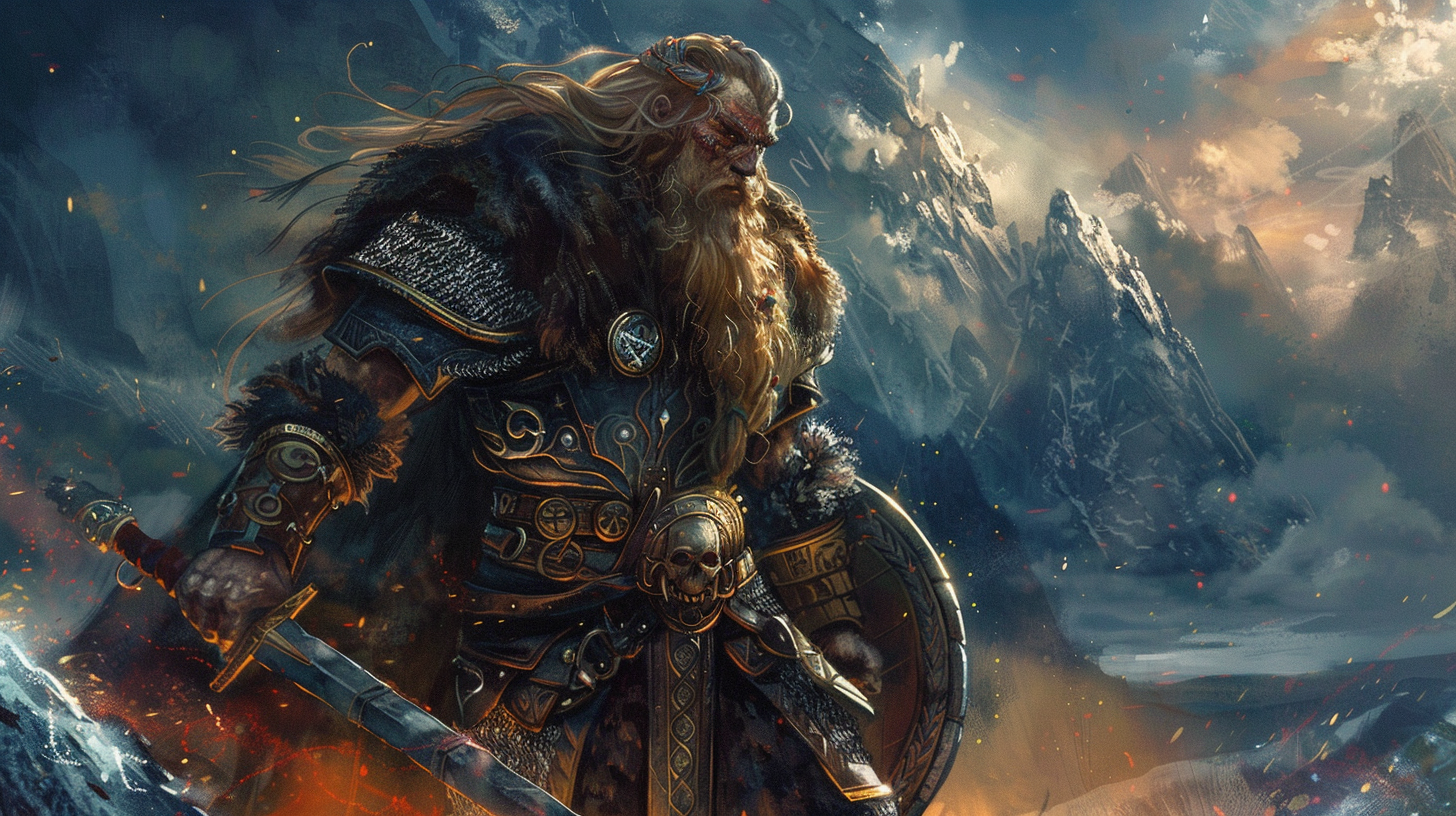The Balance of Reality and Imagination in Fantasy Literature
Fantasy literature, by its very nature, is an exploration of the unreal and the impossible. Dragons soar through the skies, wizards wield formidable magic, and epic battles between good and evil unfold in worlds vastly different from our own. Yet, amid these fantastical elements, a crucial question arises: how real should fantasy be?
The Anchor of Relatable Characters
Creating Relatable Heroes and Heroines
One of the key elements that ground a fantasy story is its characters. No matter how extraordinary the world, characters need to exhibit traits, emotions, and motivations that readers can relate to. For instance, Frodo Baggins from J.R.R. Tolkien’s "The Lord of the Rings" is an ordinary hobbit thrust into an extraordinary quest. His fears, doubts, and acts of courage resonate with readers, making his journey through Middle-earth more engaging and relatable.
Consistent World-Building
The Importance of Internal Logic
Another critical aspect is consistent world-building. A fantasy world can be as whimsical or as dark as the author desires, but it needs to follow its own set of rules. These rules provide a framework that makes the world believable. George R.R. Martin’s "A Song of Ice and Fire" series, for example, is rich with intricate political systems, diverse cultures, and a history that mirrors the complexities of the real world. This meticulous attention to detail helps readers suspend disbelief and become fully immersed in the story.
Realism in Magic Systems
Structured and Logical Magic
Magic is a cornerstone of fantasy, yet even this element benefits from a touch of realism. A well-defined magic system with clear limitations and costs can add depth to a story. Brandon Sanderson’s "Mistborn" series exemplifies this approach. His magic system, based on the ingestion of metals, follows strict rules and logical consequences. This structured approach to magic not only enhances the plot but also makes the fantastical elements more believable.
Tackling Real-World Issues
Embedding Themes in Fantasy Settings
Many successful fantasy novels address real-world issues through their narratives. By embedding themes such as power, justice, and morality within fantastical settings, authors can explore these topics in ways that resonate with readers. N.K. Jemisin’s "The Broken Earth" trilogy, for instance, tackles themes of oppression, climate change, and survival. The fantasy setting provides a unique lens through which these issues are examined, making the story both thought-provoking and deeply relevant.
Balancing Act
Finding the Sweet Spot Between Fantasy and Reality
The degree of realism in fantasy varies widely among authors and stories. Some, like Terry Pratchett’s Discworld series, embrace absurdity and satire, using humour to address real-world topics. Others, like Patrick Rothfuss’s "The Kingkiller Chronicle," focus on creating a world that feels as real and complex as our own, despite its magical elements.
Ultimately, the balance between reality and fantasy is a personal choice for each author. It depends on the story they want to tell and the experience they want to create for their readers. However, the most memorable fantasy stories often find a sweet spot where the fantastical and the real intertwine seamlessly. This blend allows readers to lose themselves in another world while still finding echoes of their own experiences and emotions.
Fantasy should be as real as it needs to be to engage readers and make its world and characters compelling. Whether it’s through relatable characters, consistent world-building, realistic magic systems, or the exploration of real-world issues, grounding fantasy in elements of reality enhances its impact. In the end, the magic of fantasy lies in its ability to transport us to other worlds while reflecting the truths of our own.




